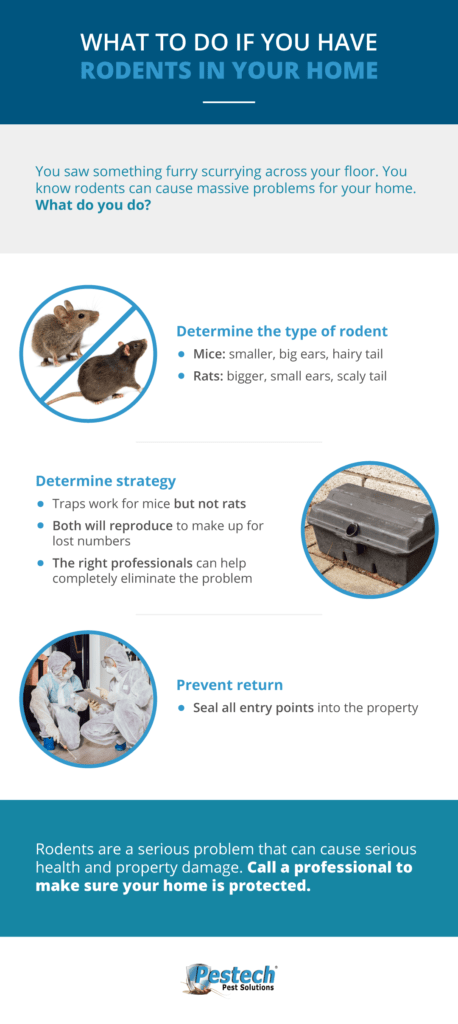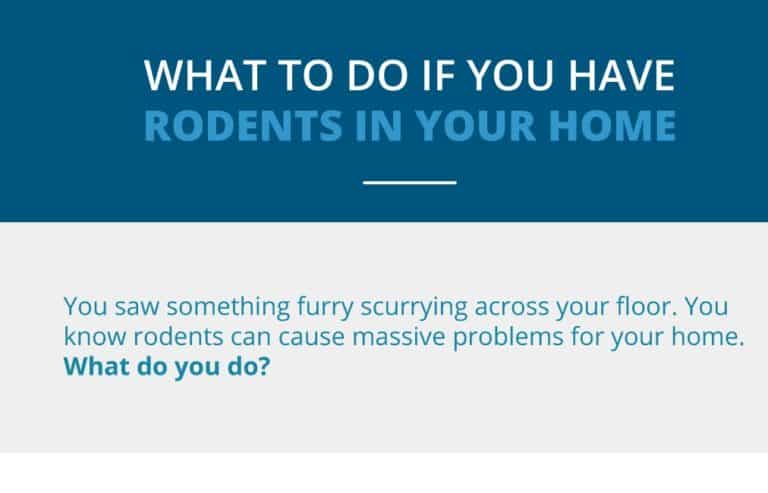The Difference Between Mice and Rats
While mice and rats have a few traits in common, they are separate species. Depending on which type of rodent you’re dealing with, you’ll want to choose different pest control methods to remove them. Learn how to know if you have a mouse or a rat and spot mice vs. rat signs early.
How to Identify Mice
The most common type of mouse found in homes and businesses is the House Mouse. These mice will cause considerable damage to your property.
Spotting a Mouse
Mice are fast. It may be challenging to get a good look at the perpetrator.
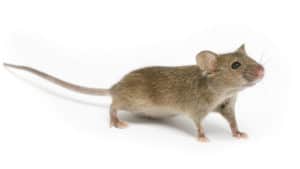
If you catch a glimpse, mice have several distinguishing physical traits you can use to identify them:
- Large, floppy ears: Proportionally, mouse ears are enormous.
- Thin, hairy tails: Mice tails are long, thin and covered in short hairs.
- Smaller bodies: Mice are small rodents, generally measuring one to four inches long.
Mice have sharper, triangular snouts and small heads. Their coats may be brown, grey or white.
Mouse Behavior
Mice can chew and climb through unexpected materials. Your walls, ceiling and attic can be torn apart by a mouse infestation. Mice typically build nests in quiet spaces and travel through your home, looking for food. Mice consume most of their water through food but may drink water if they find it.
Mice leave between 40-100 droppings per day as well as urine trails for scent. Droppings are generally clustered near nests and food sources and resemble black grain. Mice are nocturnal and will try to avoid brightly lit areas.
Mice are prolific breeders. A female mouse can birth up to 140 mice per year. Inside your home, a mouse might live up to three years.
How to Identify Rats
The most common type of rat is the brown rat (also called the Norway rat), followed by the black rat or the ship/roof rat. A rat in the house is a sure sign of trouble. Like mice, rats are known to damage homes, destroy food and cause illnesses.
Spotting a Rat
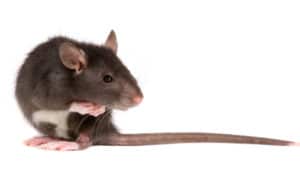
You’re likely to encounter rats at the ground level, like in your crawlspace and basement, but don’t be fooled! They are incredible climbers and tend to climb often. Rats are distinguished by these characteristics:
- Smaller ears: Rats have little ears, especially when compared to mice ears.
- Long, scaly tails: Rat tails are long, scaly and generally flesh-toned.
- Large bodies: Rats are large. They can grow to be almost 16 inches in length.
Rat snouts are stubby and square. They have brown fur with black intermixed and pale undersides.
Rat Behavior
Rats surpass mice in the ability to chew through your home. Rats chew through walls and wires with ease and can crush their way through cinderblock, glass, aluminum and more.
The most common rat in this part of the country is the Norway Rat. The Norway Rat prefers burros dug themselves but will live inside a building from time to time.
Rats have shorter lifespans than mice. The typical lifespan for a brown rat is one year. A brown rat may produce up to 12 offspring in a litter, with an average of five litters in a lifespan. Rats can reproduce year-round.
Rats need to drink about two ounces of water per day. They also need up to an ounce of food or more. A rat will leave between 20-50 droppings per day. Rat droppings are roughly 10 times larger than mice droppings at 10-20mm in size.
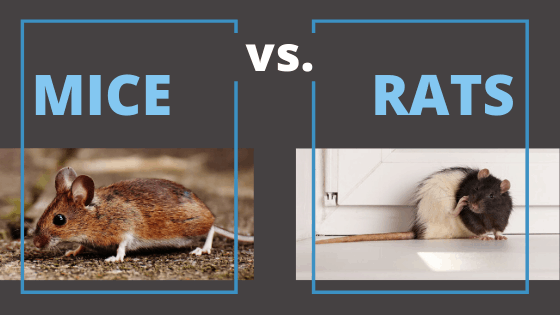
Risks and Damage
Whether you’re dealing with mice or rats, your situation requires a complete and total solution. Rats and mice can cause incredible damage and place people and pets at serious risk for illness.
Damage Caused by Mice
For small animals, mice can cause a lot of damage. They enter your home through holes as small as 1/4 of an inch or through your drainage system. Once inside, they’ll tear through your walls and ceilings and contaminate your stored food.
A mouse can make nests in your furniture or insulation and gnaw through walls. They’ll chew through wires, creating electrical issues and fire risks. Mice are undeterred by cardboard and plastic food packaging and will use it for nesting material.
Mice pose serious health risks to people and pets. A single mouse can produce up to 100 droppings per day. Mouse droppings can carry listeria, salmonella and hantavirus.
Damage Caused by Rats
Rats are big. They need big holes to move through, and big spaces to nest in. They will chew through anything that stands in their way. As large as they are, rats only need half an inch of space to get in, and they can chew to make holes larger.
Rats will tear through your stored food. Rats can chew through wood, glass, vinyl and more. Rats typically stick with a single food source. Once they discover one, they’ll likely keep coming back.
Rats can carry serious illnesses. Bites, contact with rat droppings and rat-borne fleas can lead to hantavirus, Rat Bite Fever, the plague and more. These illnesses can lead to severe health complications.
Pest Control Challenges: Mice vs. Rats
Mice and rats have different diets, traits and behaviors. This presents unique pest control challenges, as methods that work to catch one may not work for the other. It’s important to understand the correct pest control approach to your rodent problem.
Identifying nesting areas, feeding routes and entryways can help you find the best approach for combating a mouse or rat infestation. Rats are cautious and afraid, while mice are curious and bold. They will respond differently to traps and bait. For example, a rat may avoid a trap while a mouse might wander right in.
If the populations aren’t controlled completely, they can quickly come back. Both mice and rats will reproduce to make up for the lost numbers. Make sure you partner with a company offering a total pest control solution. This means controlling the population within and preventing any more rodents from entering.
All rodent entry points must be identified and sealed with materials strong enough to stop the most determined rodent. For rat control, these materials must be stronger. Galvanized steel and cement are common choices to exclude rats from the property, while other materials may suffice for mice.
Call the Family-Owned Pest Control Experts
If you have rats or mice in your home or business, we can help. Since 1989, we’ve helped stop disease, reduce property damage and improve quality of life through comprehensive pest control solutions. Speak with a certified pest technician about your pest problems today by calling 800-287-BUGS, or send us a message online.
What to Do if You Have Rodents in Your Home
